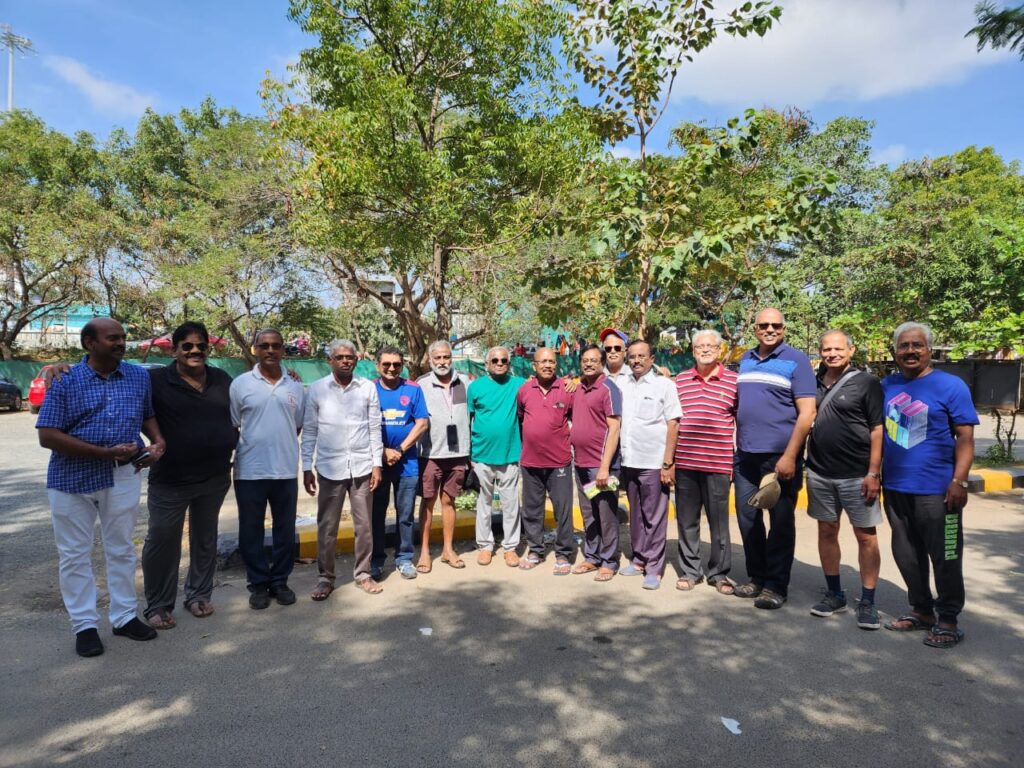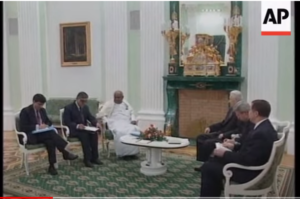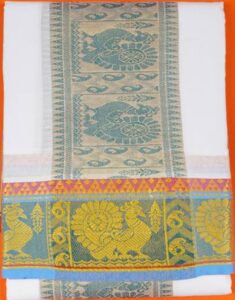What’s Cooking ?
 There are no ready-made solutions to every day requirements , but ideas keep floating everywhere and who knows what ideas provide the right ingredients for the solution you are looking for and sometimes you may not even be consciously looking for .
There are no ready-made solutions to every day requirements , but ideas keep floating everywhere and who knows what ideas provide the right ingredients for the solution you are looking for and sometimes you may not even be consciously looking for .
One such great idea floating around is OPOS (One Pot One Shot) style of looking. Who knows, it might be a life changer.
A generation back, eating out was rare. For boomers, it was a given that they had to cook their own food.
The Gen Z and the millennials think differently and face different kind of problems. On one hand they do not have the time or inclination for cooking and on the other hand they are getting too health conscious to depend totally on Swiggy and Zomato.
So what’s the way out ?
OPOS (One Pot, One Shot) is a set of scientific cooking techniques designed to unchain you from the kitchen, cut drudgery and empower anyone to cook confidently. All OPOS recipes use One Pot and all cooking is done at One Shot. No steps. No supervision. From pastas to paneer makhani, malai kofta to mysorepak, OPOS recipes are easier and faster than cooking instant noodles!
Every word makes sense.
It is Scientific . While taste is highly subjective , issues like preservation of nutrition value or time taken or caloric value etc are objective.

No Supervision is required . You get an alert after a prescribed time . I remember , even boiling milk used to be tricky as the saying goes ” The milk never boils over when you are watching” . A few seconds of distraction and the milk is all over the stove and kitchen platform. A simple milk cooker , I remember , was a great boon. Looking back to childhood days, whistling of milk cookers in the morning was as common as Venkatesa Suprabatham at home. Any member of the family could answer the call of the cooker so that there is no crying over spilt milk.
It’s a Technique. One just needs to understand the basics to cook any kind of cuisine.
It makes cooking a science rather than as art.
OPOS is Clean. Hygienic. Less of a mess.
OPOS is Fast. Fresh food in minutes.
OPOS is Liberating. No supervision.
OPOS is Healthy. Maximises nutrition.
OPOS is Flexible. Cook your way.
OPOS is Economical. Saves fuel and water.
OPOS is Tasty. Intense flavours.
OPOS is Transparent. Works for all.
OPOS is Consistent. Works every time.
OPOS is Universal. Cooks all cuisines!
About the founder:
Ramki passionately believed anyone, anywhere, anytime should be able to cook great food, with great ease. He sold his software company to focus full time on his passion. The one page cookbooks came first. OPOS followed a decade later. He is now a consultant, columnist and CEO of Pizza Republic and OPOS Kitchen. He holds the record for cooking solo a 10 course marriage feast for 500 people in 3 hours, using OPOS techniques. His first book, 5 minute Magic, the first OPOS cookbook, became an international bestseller. His second book, The Story of India through Food, won the 2020 Amazon Kindle Pen to Publish contest. His third book, 10 Minute Meal Plans, has been published by HarperCollins.”
Ramki says
It took us 15 years, 780 blog posts, 26097 volunteers, 52 children, tonnes of provisions, 1208 files, 10411 Facebook posts, 5601 photos, 320 videos, millions of arguments, 1 dictator, 15 comedians, 1 world record, 4 restaurants, 16 chefs, 14 events and 22 corporate demos before the first OPOS book was published in 2018.
The more I mull over this idea, it seems to be for the millennials rather than for a boomer like me.
What caught my attention first was that it’s the brainchild of a software professional and I love the logic and precision that only a geek can bring in.
The hardware hardly costs; it’s less than what a family spends on one dinner out.
Anyway, it’s the software that matters more .
I am deliberately excluding the link as any AI platform can tell you much more about OPOS than I , possibly, can. Make sure you search for “OPOS cooking” . The present generation speaks only in abvn (abbreviation) , who knows what else OPOS could mean, idk; nvm.

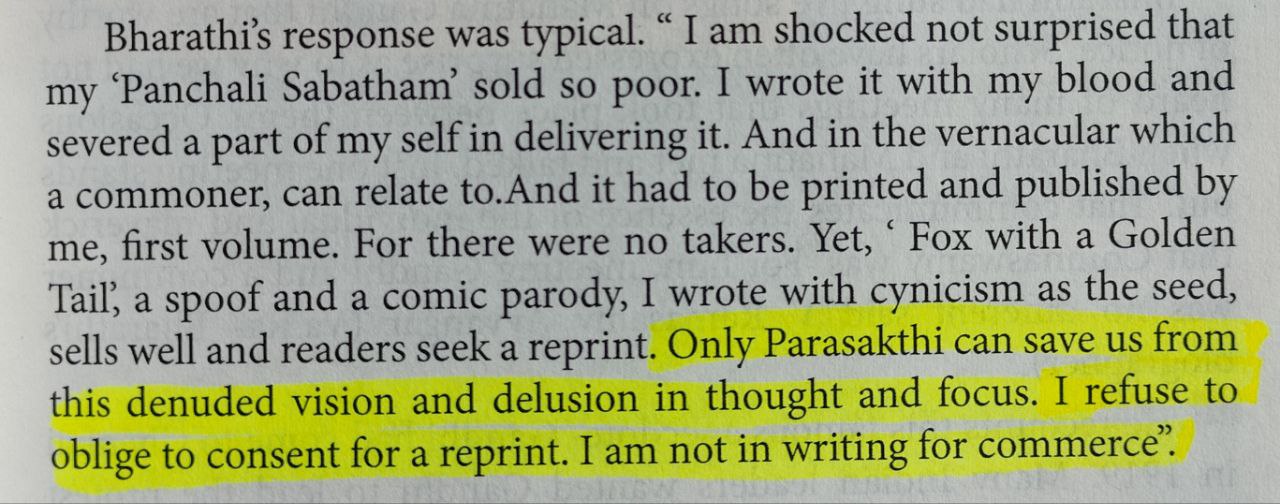



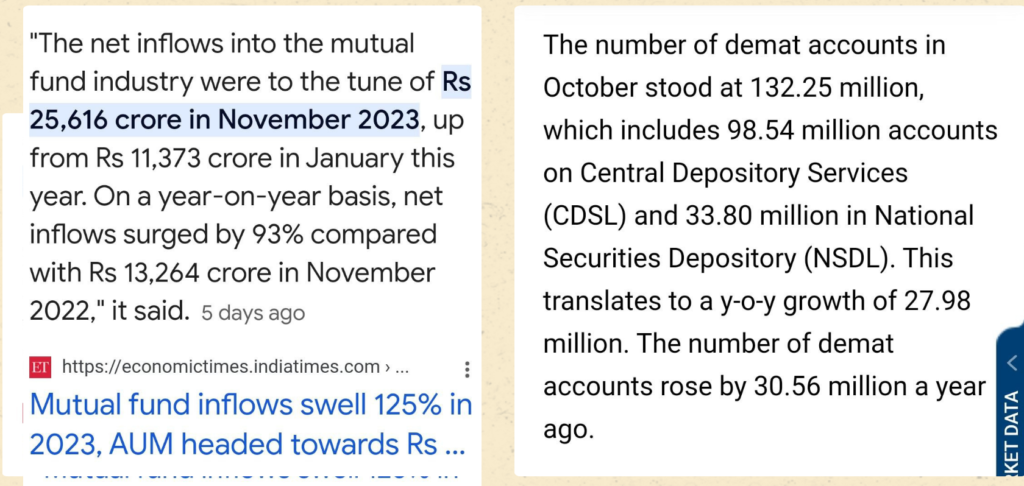





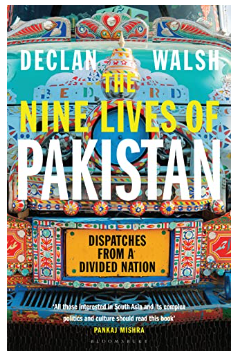

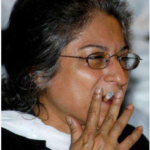 The fourth Chapter is on Asma Jahangir, the redoubtable social activist. She showed courage to taken the mighty army and the ISI. A chain smoking, anti-army woman is hardly an image one associates with an Islamic nation like Pakistan.
The fourth Chapter is on Asma Jahangir, the redoubtable social activist. She showed courage to taken the mighty army and the ISI. A chain smoking, anti-army woman is hardly an image one associates with an Islamic nation like Pakistan.



